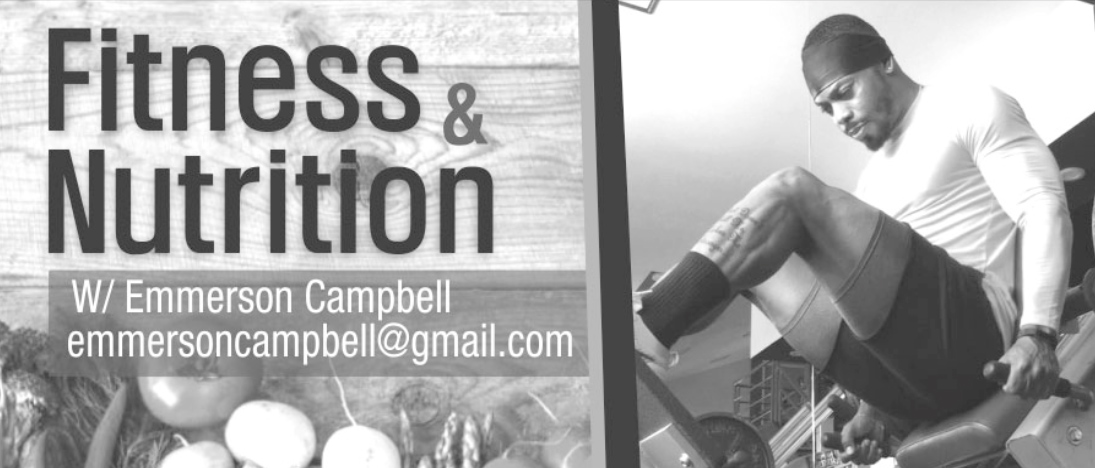Many people still like to focus on spot-reduction techniques for problem areas, which don’t work, when real progress with weight loss is made in the kitchen.
Now, that’s not to say that the gym doesn’t play an important role in muscular development. The gym is one of the most potent tools in your arsenal. But while a personal trainer or regimented fitness plan may help you sculpt muscle and slim your middle, the single most important exercise you can do is turn on the stove.
Abs are made in the gym and maintained in the kitchen. This rings true for anyone who has successfully lost weight. Regardless of how many miles you run, boxes you jump on, or push-ups you complete, the number of calories you consume will ultimately determine whether you lose, gain, or maintain weight.
For many people, the gym is little more than a speed bump in weight maintenance. The hard battles fought in the gym are ultimately erased with too many fast-food meals or overindulgent treats. Even those who believe they’re eating healthy diets are often consuming far too many calories, carbs or sugar than they might have bargained for.
If you’re on the quest for a flatter stomach, use the following tips to cook and eat a little leaner.
Don’t be too sweet on sugar
While many of us readily acknowledge that sugar isn’t the healthiest of foods, few appreciate the role that sugar plays in health, longevity, and weight distribution. Sugar consumption is at an all time high, playing a large role in the overwhelming epidemics of obesity, heart disease, and Type II diabetes.
Now these are extreme examples, but let’s apply it to your average gym goer. Even if you’re not overweight, consuming too much sugar drives weight towards the abdomen, thanks to the process of carbohydrate metabolism and the role of the hormone insulin.
Insulin’s role is to carry individual sugar units into cells for energy, or into fat for storage. Whenever you consume a carbohydrate – be it crackers, whole grain bread, or a chocolate bar -the carbohydrate in that food is broken down into individual sugar units, which enter the bloodstream and are picked up by insulin.
Insulin then ferries the sugar into cells for immediate use, or into the liver or fat for storage. Any excess sugar the body cannot immediately use is stored first as glycogen (the body’s stored form of glucose) in the liver. However, the liver can only hold about 3,000 calories worth of glycogen at one time, and this glycogen reserve is not readily emptied, the body holds onto glycogen for use in times of deprivation. The majority of excess sugar that is consumed will be stored as fat, largely in and around the abdomen.
Reducing sugar consumption and consumption of refined and simple carbohydrates can help reduce the amount of fat stored around the midsection. Avoid added sugars (jams, sugar, honey, syrups, agave, coconut sugar) and refined grains (white bread, pasta, rice, tortillas, etc) in favor of whole grains, legumes, lean proteins, healthy fats, whole fruit, and non-starchy vegetables.
Skip the slick
Prepping a stir fry or preparing to scramble some eggs? Skip the butter, oil, or other added fats in favour of non-stick spray.
While added fat isn’t necessarily the enemy, be discerning about when and where you add fat to a dish. Even healthy fats are extremely calorie dense. Consider that olive oil (a healthy fat) contains 120 calories per tablespoon, while butter (an unhealthy fat) contains 100 calories per tablespoon.
If you’re trying to lose weight, spend your calories on non-starchy vegetables and lean protein to promote satiety, and save fat calories for nuts, nut butters, fatty fish, and other more satiating, high-volume options.
Shake the salt
While salt doesn’t cause weight gain, consuming too much salt can cause water retention, bloating even the flattest of bellies. Salt is sneaky. Even foods that seem healthy can be very high in sodium. While you needn’t go low sodium, aim for 2,300 mg or less per day to banish bloat, and always avoid adding additional salt to your meal.









